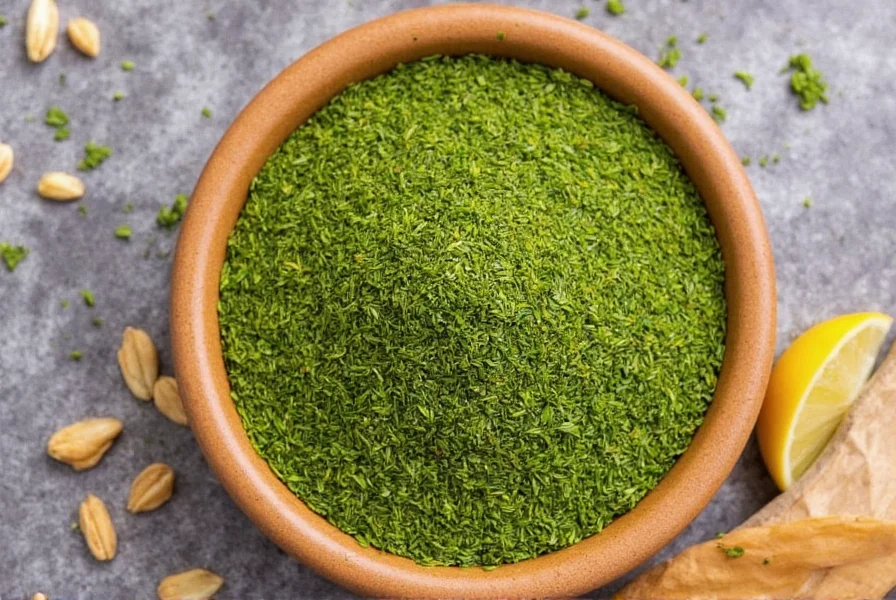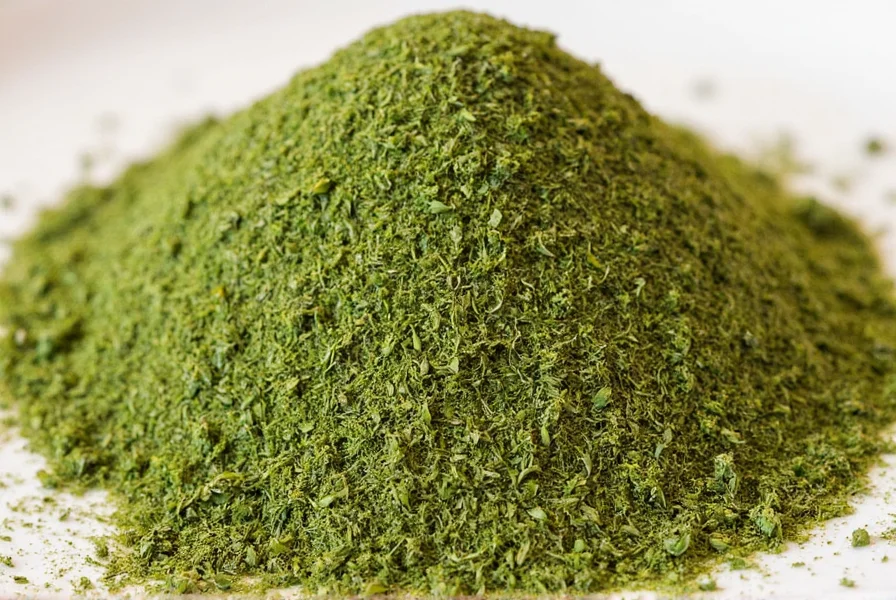Methi, known scientifically as Trigonella foenum-graecum, belongs to the Fabaceae family of plants. This annual herb grows to about two to three feet tall and produces small white flowers that develop into slender pods containing 10-20 golden-brown seeds. The plant thrives in temperate climates and requires well-drained soil for optimal growth. India remains the world's largest producer and consumer of fenugreek, with Rajasthan, Gujarat, and Madhya Pradesh being primary cultivation regions.
The term "methi" specifically refers to the entire fenugreek plant in South Asian contexts, though it most commonly denotes the seeds or dried leaves used in cooking. Understanding what is methi in English helps bridge cultural culinary knowledge, as many international recipes use the Hindi term without explanation. The confusion between fresh methi leaves, dried methi leaves (kasuri methi), and methi seeds creates common challenges for home cooks exploring Indian cuisine.

Botanical Characteristics and Varieties
Fenugreek features trifoliate leaves that resemble clover and produces small, rectangular seeds with a distinctive bitter-sweet aroma. Two primary varieties exist:
| Variety | Seed Color | Flavor Profile | Primary Use |
|---|---|---|---|
| Methi (Indian) | Amber | Stronger bitterness | Culinary and medicinal |
| Blue fenugreek (European) | Greenish | Milder, more herbal | Traditional European dishes |
Culinary Applications of Methi
Chefs utilize three main components of the fenugreek plant in cooking:
- Methi seeds - Used whole or ground in spice blends like panch phoron and sambar powder
- Fresh methi leaves - Incorporated into dishes like methi paratha and aloo methi
- Dried methi leaves (kasuri methi) - Crumbled into curries for aromatic depth
When exploring how to use dried methi leaves effectively, professional chefs recommend crushing them between palms before adding to dishes to release maximum flavor. The characteristic bitter note of methi balances beautifully with sweet and sour elements in Indian cuisine. Many traditional recipes call for dry-roasting methi seeds before grinding to mellow their bitterness and enhance their maple-like aroma.

Nutritional Composition and Research
A single tablespoon (6.7g) of fenugreek seeds contains:
- Calories: 36
- Protein: 3g
- Fiber: 3g
- Iron: 20% of daily value
- Magnesium: 15% of daily value
Research indicates fenugreek contains compounds like diosgenin and 4-hydroxyisoleucine that may support metabolic health. Studies published in the Journal of Dietary Supplements suggest potential benefits for blood sugar regulation, though more research is needed. When considering methi seeds benefits, it's important to distinguish between traditional uses and scientifically verified effects. Many cultures have used fenugreek medicinally for centuries, but modern science requires more rigorous evidence before confirming specific health claims.
Practical Cooking Guidance
For those new to Indian cooking, understanding the difference between methi and kasuri methi proves essential. Fresh methi leaves have a more pronounced bitter flavor compared to the milder, concentrated aroma of dried kasuri methi. When substituting one for the other, use approximately three times the amount of fresh leaves to match the flavor intensity of dried leaves.
Proper storage extends methi's shelf life significantly. Keep whole methi seeds in an airtight container away from light for up to two years. Ground fenugreek loses potency more quickly and should be used within six months. Dried methi leaves maintain their flavor for about one year when stored properly. For optimal flavor in dishes requiring methi in Indian cooking, add seeds early in the cooking process to allow their flavors to infuse the dish, while adding dried leaves near the end to preserve their delicate aroma.











 浙公网安备
33010002000092号
浙公网安备
33010002000092号 浙B2-20120091-4
浙B2-20120091-4